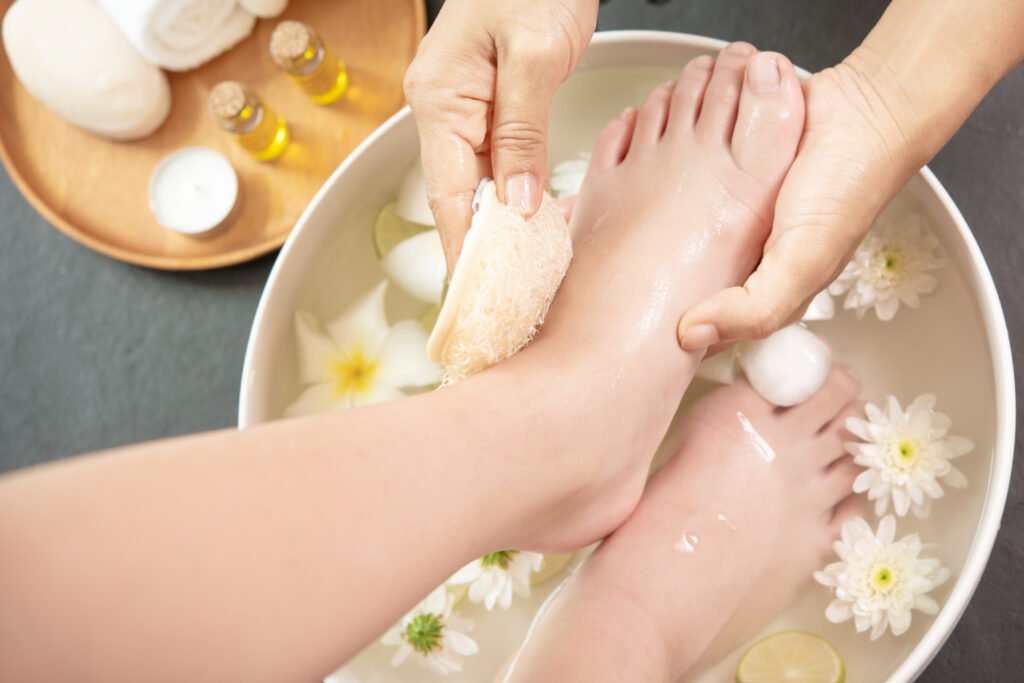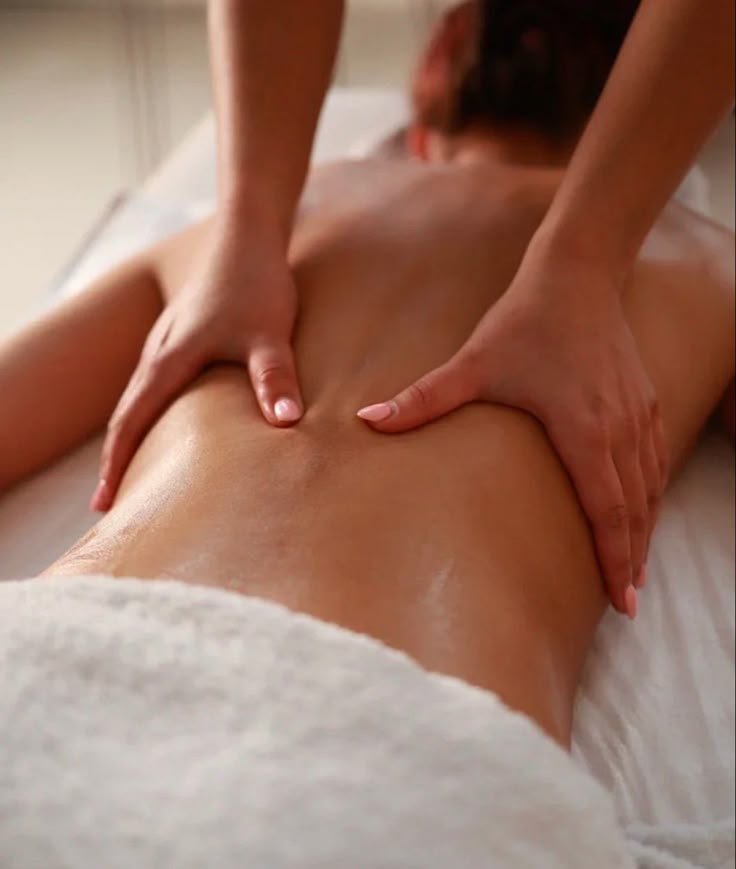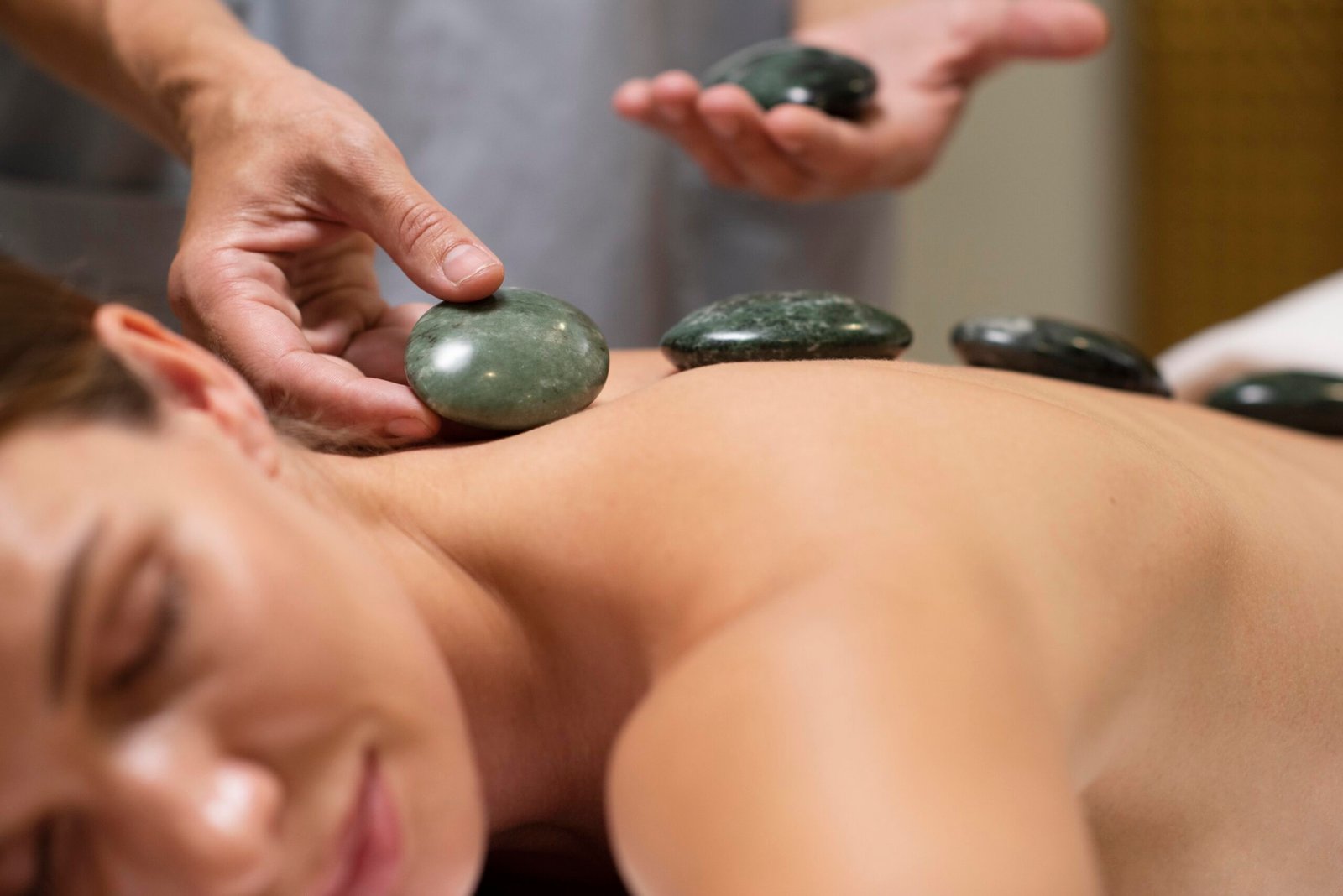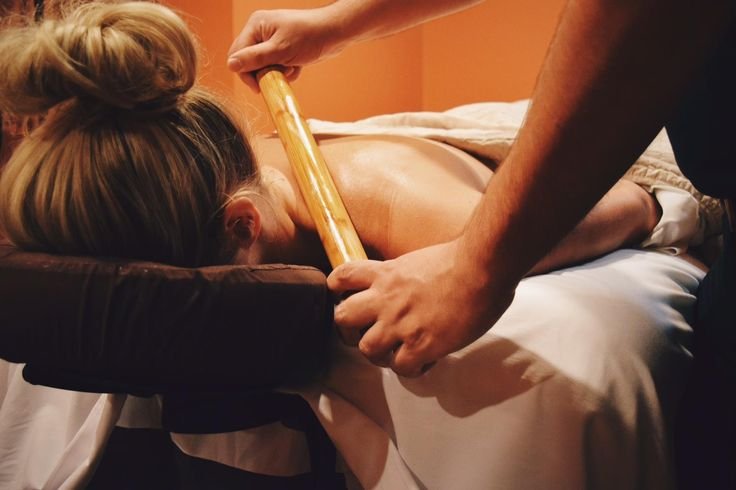Table of contents

In today’s fast-paced world, prioritizing self-care is essential for maintaining overall well-being. One often overlooked yet profoundly beneficial practice is the regular indulgence in foot spa treatments. A foot spa not only offers a tranquil escape from daily stress but also provides numerous health benefits that go beyond simple relaxation. From improving blood circulation to relieving tension and fatigue, a regular foot spa session can significantly enhance your quality of life. Incorporating a foot spa into your self-care routine is a simple yet powerful way to support your physical and mental health.
1. How Often Should You Get a Foot Spa?
The frequency of foot spa treatments can vary based on individual needs and lifestyle factors. If you’re building a consistent self-care routine, combining weekly foot spa sessions with occasional body polishing treatments can help you achieve glowing skin and deep relaxation. However, incorporating a foot spa session into your routine once a week is generally recommended for optimal benefits. Regular sessions help in suffering stress, improving circulation, and maintaining foot health.
For individuals with specific health concerns or those leading highly active lifestyles, consulting with a healthcare professional can provide personalized guidance on the ideal frequency of foot spa treatments.
2. Best Oils for Foot Massage Therapy
Carrier oils are used to dilute essential oils and facilitate their application to the skin. They also provide their own moisturizing and nourishing benefits. Utilizing the right oils during foot massage therapy can significantly enhance the experience and benefits. Here are some of the most effective oils:
- Coconut Oil: Known for its deep moisturizing properties and antimicrobial benefits, making it ideal for dry or cracked feet.
- Peppermint Oil: Offers a cooling sensation that soothes tired muscles and stimulates blood flow.
- Lavender Oil: This oil is renowned for its calming and sleep-inducing properties, making it ideal for evening foot massages, especially for those experiencing insomnia.“
- Eucalyptus Oil: Helps in relieving muscle soreness and has antiseptic properties.
- Sweet Almond Oil: Rich in vitamins, it nourishes the skin and is suitable for sensitive skin types.
Many of these essential oils used in foot massage are part of herbal therapy practices, where plant-based remedies are used to promote healing and relaxation. Combining these oils with traditional herbal infusions can elevate the therapeutic benefits of a foot spa.
3. Does Foot Reflexology Improve Health?
Foot reflexology is a therapeutic practice that involves applying pressure to specific points on the feet, believed to correspond with different organs and systems in the body. While scientific evidence is still emerging, many individuals report various health benefits from regular reflexology sessions.
Potential Benefits of Foot Reflexology:
- Stress Reduction: By stimulating nerve endings, reflexology can promote relaxation and reduce stress levels.By stimulating specific points on the feet, reflexology is thought to activate the parasympathetic nervous system, leading to a state of calmness. This relaxation response may help lower heart rate and blood pressure, contributing to overall well-being.
- Improved Circulation: The massage techniques used can enhance blood flow, aiding in the delivery of oxygen and nutrients throughout the body.
- Pain Relief: The application of pressure to specific foot zones is believed to trigger the release of endorphins, the body’s natural painkillers, thereby reducing the perception of pain. Reflexology may help alleviate pain from conditions like migraines, arthritis, and plantar fasciitis.
- Enhanced Sleep Quality: Regular sessions can promote better sleep patterns by inducing a state of relaxation.
- Boosted Immune Function: Some studies suggest that reflexology can stimulate the lymphatic system, aiding in detoxification and immune response.
While reflexology should not replace conventional medical treatments, it can serve as a complementary therapy to support overall health.
4. Benefits of Regular Foot Spa Treatments for Skin Health And Foot Care
Key Benefits Include:
- Stress Relief: Foot spas can significantly reduce stress levels by promoting relaxation and releasing tension in the muscles.
- Foot Detox: Soaking feet in warm water with added salts or essential oils can aid in drawing out toxins and improving foot hygiene.
- Improved Blood Circulation: The warmth and massage involved in foot spas stimulate blood flow, which is essential for overall health.
- Pain Alleviation: Regular foot treatments can help in managing chronic pain conditions by reducing inflammation and improving mobility.
- Enhanced Sleep Quality: The relaxation induced by foot spas can lead to better sleep patterns and overall restfulness.
- Skin Health: Exfoliation and moisturizing during foot spas help in maintaining soft, healthy skin, preventing issues like cracks and dryness.
Incorporating foot spa treatments into your wellness routine can contribute significantly to both physical and mental health.
Conclusion
Regular foot spa treatments are more than just a luxury; they are a valuable component of a holistic health regimen. By addressing stress, improving circulation, and promoting overall well-being, foot spas can play a crucial role in maintaining a healthy lifestyle. Whether through professional services or at-home practices, dedicating time to foot care is an investment in your health and quality of life.
When combined with practices like herbal therapy, regular foot spa sessions can become a holistic treatment for both mind and body. Whether practiced at home or in professional settings, regular foot spas are a natural, non-invasive way to manage stress, support immune function, and maintain emotional balance.









